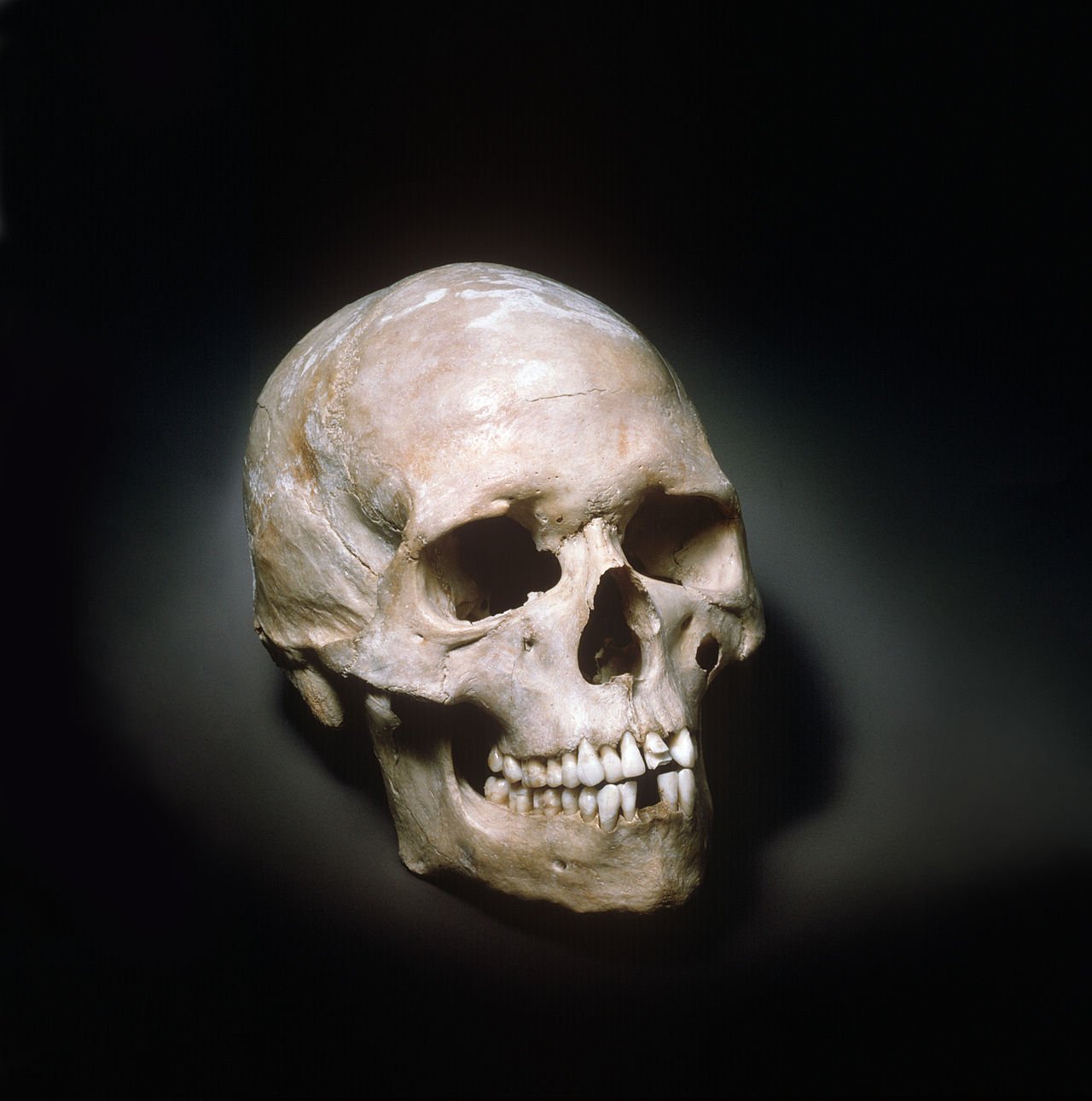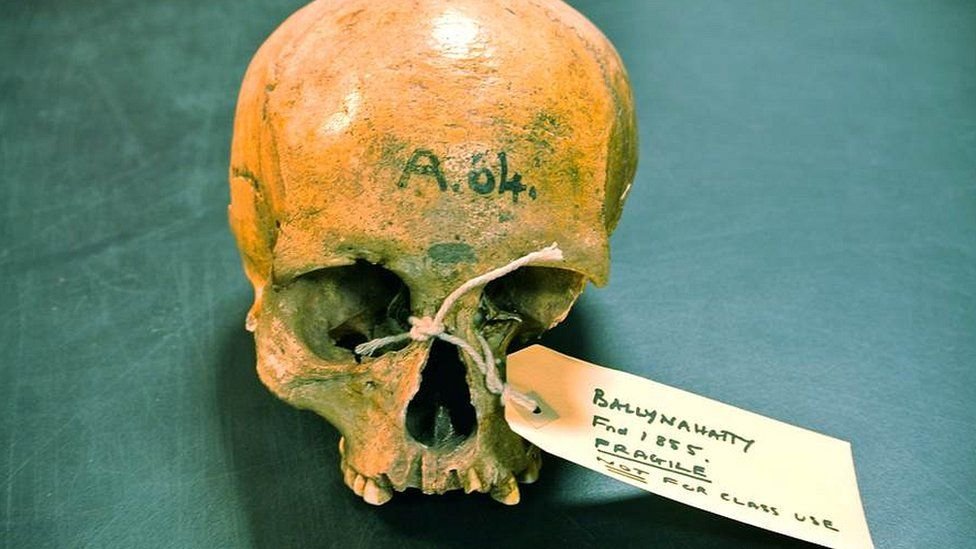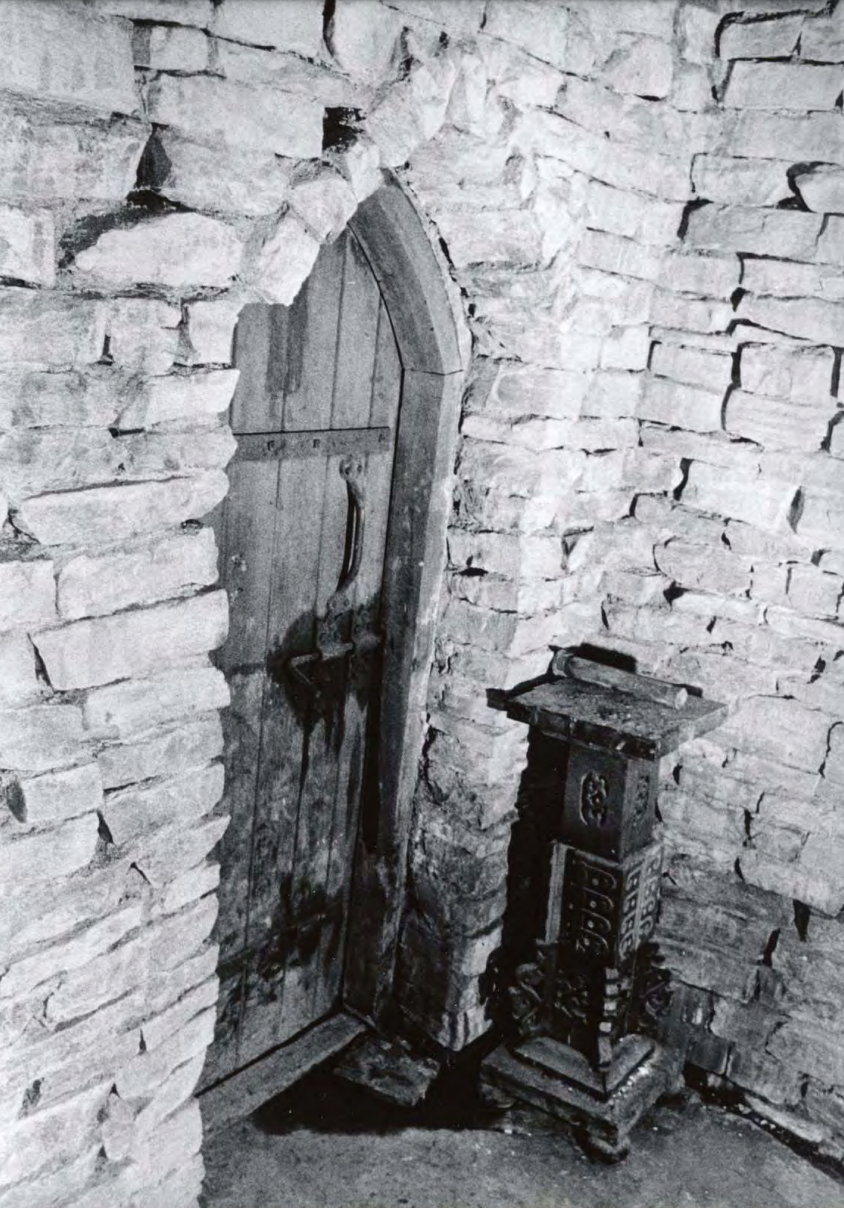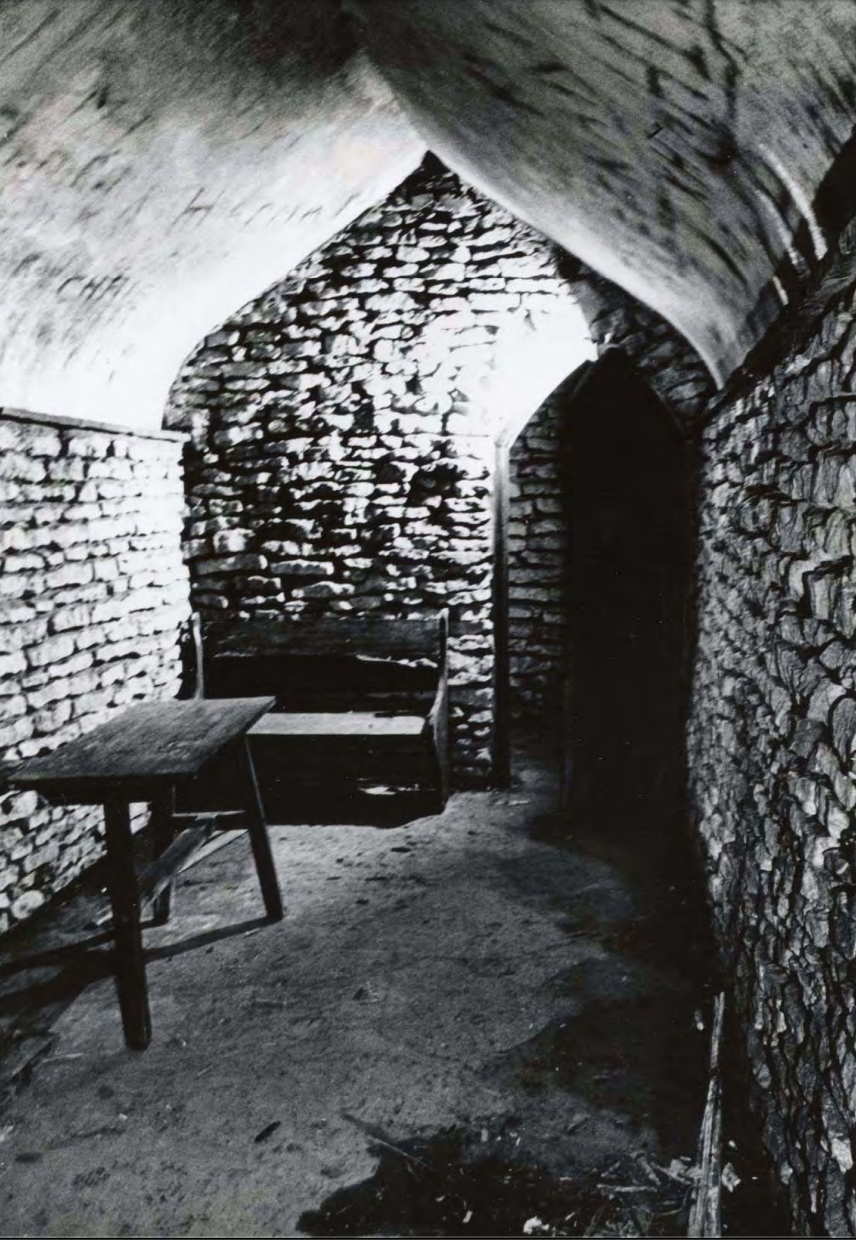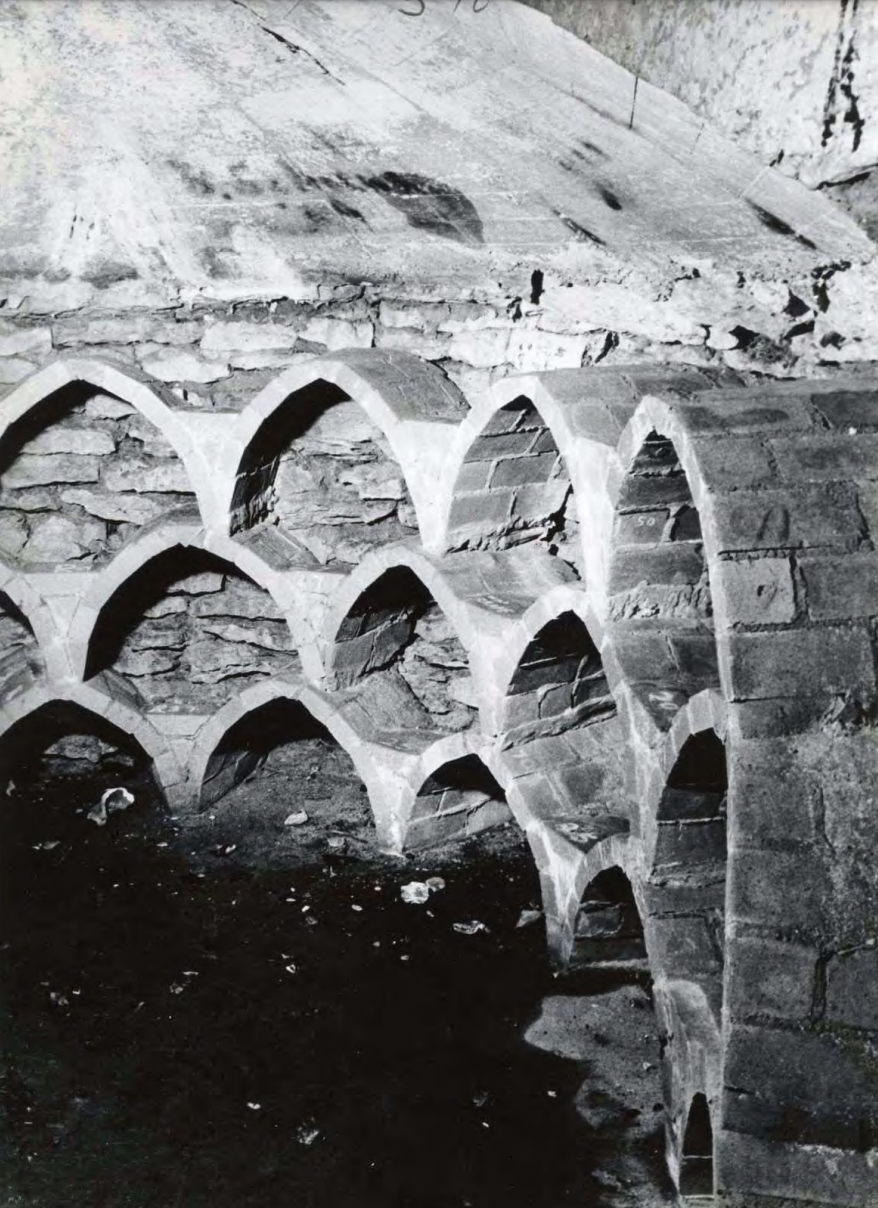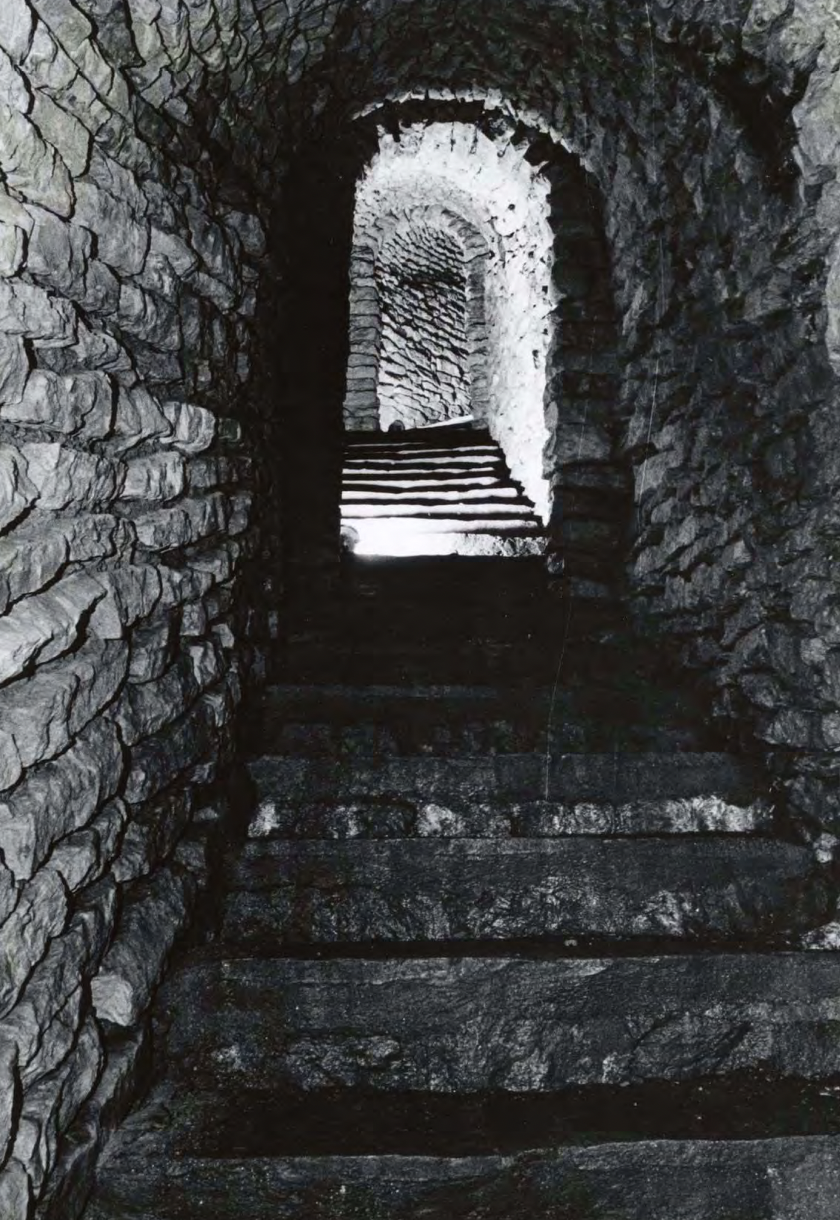Detail from Twenty-Four Original Barn Stars, Surveys of Berks, Lehigh, Schuylkill, and Montgomery Counties. Photo: of Patrick J. Donmoyer.
One of my favorite things about learning about my ancestors is discovering ones with whom I share similar traits. For example, my 10th great-grandfather, Dirck Goris Storm, was a skilled writer who penned a history of the Old Dutch Church in Sleepy Hollow, New York. Last year, I discovered a creative streak on another branch of my family tree.
It started with a little zine from Leodrune Press that mentioned Pennsylvania Dutch folk art, particularly barn stars (often called “hex signs” by outsiders). I knew that a number of my ancestors immigrated from Germany to Pennsylvania; although some of them were Mennonites who probably wouldn’t have engaged in barn decoration, not all of them were. So, I thought it would be interesting to see if there were any barn star motifs particular to my ancestors or the places they lived.
I quickly learned that barn-star styles are determined much more by the artist than by the family that hires someone to paint their barns. There’s a popular misconception that these stars were painted on barns to keep witches away (hence “hex signs”) and protect the livestock inside. Instead, they’re more likely inspired by celestial themes that were common among the Pennsylvania Dutch, both before and after they came to the United States. Other patterns of shapes, such as flowers and hearts, are also common.
(That being said, farmers did hire folk magicians — practitioners of Brauche/Braucherei or “Powwow” — to bless and protect their barns and livestock, and to perform healing spells for sick cattle and other animals. Petitions written on small slips of paper were occasionally found tucked into barn walls and other places, reflecting this practice.)
John Bieber. Chest over Drawers, 1789. 01.13.18.
I didn’t find any barn stars specifically associated with my ancestors, but did find something else: An intricately carved and detailed dower chest made by one of my ancestors’ brothers and nephews.
My 6th great-grandfather, Conrad Bieber, was born in 1725, probably in Germany. He immigrated to Pennsylvania sometime before 1743. Conrad’s father, Johannes, was also born in Germany and arrived in Pennsylvania in 1739. Conrad had a brother, Jacob, born in 1731 before the family immigrated.
While Conrad moved to the Shenandoah Valley in the 1750s to join a Mennonite community there, along with his wife, Maria Magdalena Kneisley, Jacob remained in Pennsylvania, specifically in the Oley Hills area of Berks County, and began a woodworking business with his son, John. I knew I had ancestors from the Oley Hills area, and when I searched for the location and the name Bieber, these beautiful wooden chests popped up.
An article in Reading Eagle about one of the chests reads, “Thinking that John or Jacob Bieber made a mistake with his compass drawing of a perpendicular hex sign, we noticed that this unusual designed chest had six edelweiss flowers sprouting from three white flat hearts on each corner of the dower chest with the elaborate tulip shaped escutcheon design in the middle. They were not barn stars, but an edelweiss flower theme which spread their flower like petals standing upright in each cheek of the flat hearts! A native Rhineland symbol of love used by John Bieber in the 1780s on his dower chests.”
Jacob Bieber, Johann Bieber. Chest over Drawers, 1776. 01.24.22.
A very similar chest is in the Barnes Foundation Collection in Philadelphia. Another similar one, made for Magdalena Leabelsperger, is in the Philadelphia Museum of Art. (I have a 6th great-grandmother named Magdalena Lionsberger, but her birth and death dates are different from the ones associated with this chest). The Barnes collection also has this Bieber chest, which has some different motifs but is clearly from the same makers.
Although I’ve never been a woodworker, seeing this level of artistry and skill makes my heart glad. It’s an honor — and also reassuring — to know I come from people who enjoyed making beautiful things with their hands.




